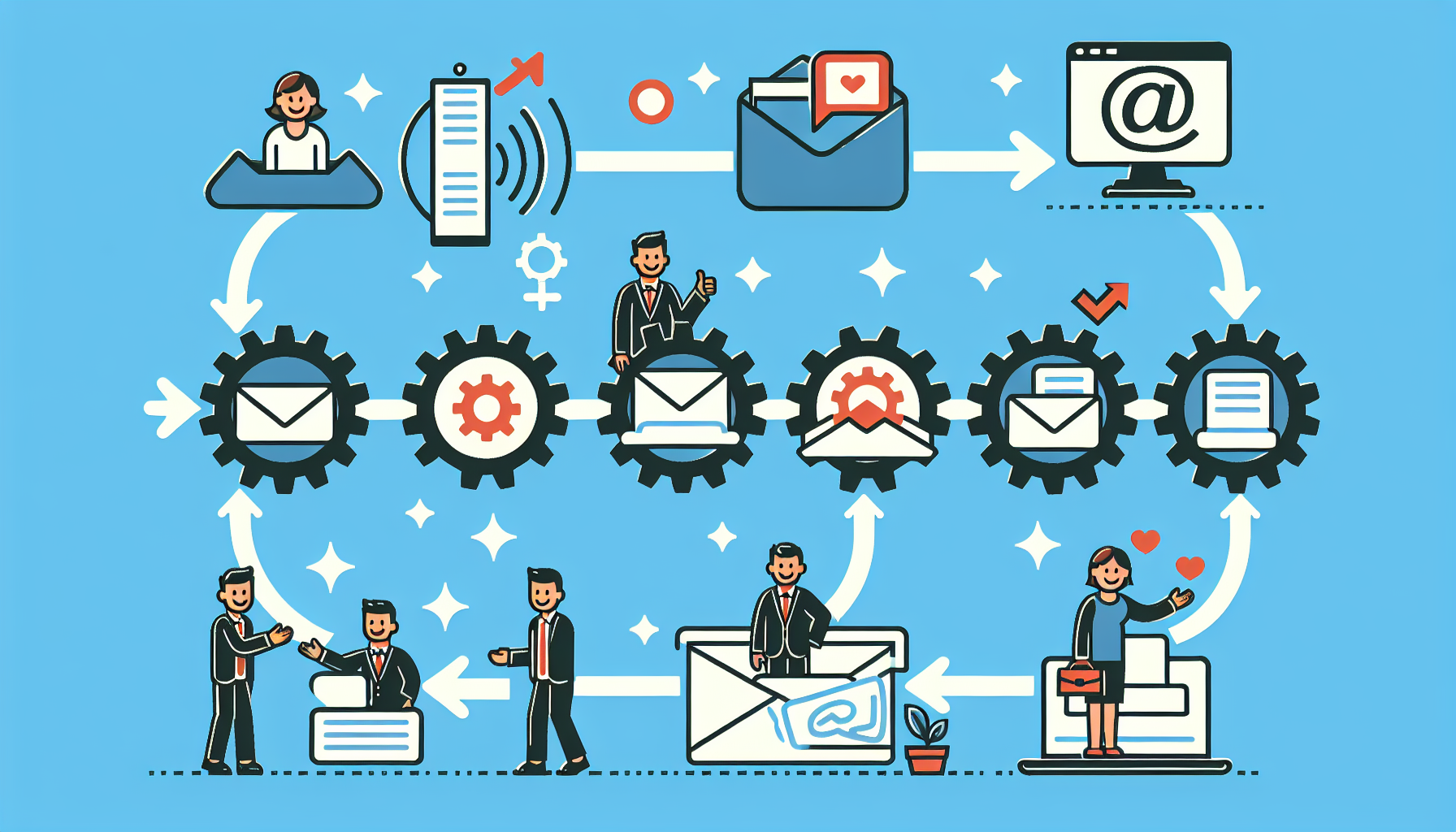Understanding the Need for Automated Email Responses
Automating email responses is a strategic approach that caters to customer satisfaction and operational efficiency. Organizations face high volumes of inquiries that need timely and consistent responses. This workflow not only streamlines communication but also enhances customer relations by ensuring that no message goes unanswered.
Step 1: Define Your Objectives
Before you dive into automation, clearly outline your objectives. Consider the following:
- Response Time Improvement: Aim to reduce response time to enhance customer satisfaction.
- Increased Consistency: Ensure that all customers receive uniform information.
- Load Management: Alleviate the pressure on customer service teams.
Step 2: Identify Frequent Inquiries
Analyze your existing email communications to pinpoint the most common inquiries received. Utilize these strategies:
- Data Collection: Use email analytics tools to gather historical data on inquiries.
- Categorization: Group inquiries into categories such as technical support, order status, billing issues, or FAQs.
Step 3: Choose an Email Automation Tool
Select the right tool geared for your organization’s needs. Consider:
- Integration Capabilities: Ensure compatibility with existing customer relationship management (CRM) systems.
- User-Friendliness: Select a tool that your team can easily navigate and configure.
- Template Customization: Look for options that allow you to create and modify templates according to your brand’s voice.
Step 4: Create Email Templates
Develop responsive email templates that address frequent inquiries. Here’s how to design effective templates:
- Personalization: Use merge tags to insert customer names and other variables.
- Clarity and Brevity: Keep messages clear and concise, ensuring information is easily digestible.
- Call to Action: Encourage the customer to take the next step—be it visiting a webpage, replying to the email, or calling.
Step 5: Implement Triggers
Set up automated triggers based on specific customer actions or inquiries. This can include:
- Keyword Detection: Utilize keywords in inquiries to route messages to relevant templates.
- Time-Based Actions: Automatically respond to customers who submit forms or inquiries within a set time frame.
- Behavioral Cues: Tailor responses based on customer interactions, such as previous purchases or inquiry types.
Step 6: Test the Workflow
Testing ensures that the automated responses function properly. Execute the following steps:
- Dry Runs: Use internal test emails to evaluate the workflow.
- Feedback Loop: Gather feedback from team members who test the responses.
- Adjustments: Make necessary adjustments to templates and triggers based on testing outcomes.
Step 7: Train Your Team
Training ensures that your team understands how the automation works and how to supplement it. Key components include:
- Hands-On Training: Conduct sessions to familiarize staff with the email automation tool.
- Documentation: Provide detailed guides on troubleshooting and customizing responses.
- Role-Playing: Practice scenarios where team members might need to intervene or provide additional support.
Step 8: Monitor Performance Metrics
After implementation, monitor key performance indicators (KPIs) to assess the effectiveness of your automated email responses:
- Response Time: Track the average time taken to respond, focusing on improvements.
- Customer Satisfaction Scores: Use follow-up surveys to gauge customer satisfaction.
- Open Rates: Monitor how many recipients open your automated emails to evaluate engagement.
Step 9: Iterate and Improve
Use the data collected in the previous step to refine your email automation process:
- Regular Updates: Periodically review and update templates and trigger conditions based on new FAQs or customer feedback.
- A/B Testing: Experiment with different templates to find out which ones yield better engagement rates.
- Peer Reviews: Encourage team members to review automated responses for clarity and effectiveness.
Step 10: Ensure Compliance
Adhere to email marketing regulations to avoid legal issues:
- Opt-In Confirmation: Ensure customers consent before sending automated responses.
- Unsubscribe Options: Include clear instructions for customers who wish to opt-out.
- Data Protection: Follow guidelines such as GDPR to protect customer information.
Step 11: Expand to Other Channels
Consider expanding your automation strategy beyond email:
- Chatbots: Utilize AI-powered chatbots to provide immediate responses on your website or social media.
- SMS Notifications: Implement SMS follow-ups for time-sensitive inquiries.
- Social Media Messaging: Automate responses on platforms like Facebook Messenger or Twitter to engage customers more broadly.
Step 12: Analyze Trends and Modify Strategies
Continuously analyze incoming inquiries to understand emerging trends. Utilize this insight to refine your email strategy:
- Market Changes: Keep an eye on changes in customer preferences or industry standards.
- Competitive Analysis: Review competitors’ email automation strategies to identify areas for improvement.
- Adjust Campaigns: Modify your marketing campaigns based on seasonal trends or new product launches to enhance customer engagement.
Step 13: Celebrate Successes and Acknowledge Improvements
Recognizing improvement boosts morale and reinforces the importance of the workflow:
- Share Success Stories: Highlight successful case studies within the organization to motivate your team.
- Team Recognition: Acknowledge individuals who contribute to improving response times or customer satisfaction.
Conclusion
Following this step-by-step workflow will streamline your email responses, promote efficiency in customer relations, and ultimately lead to improved satisfaction and loyalty. By automating your emails, you not only manage inquiries effectively but also establish a solid foundation for stronger customer connections.


